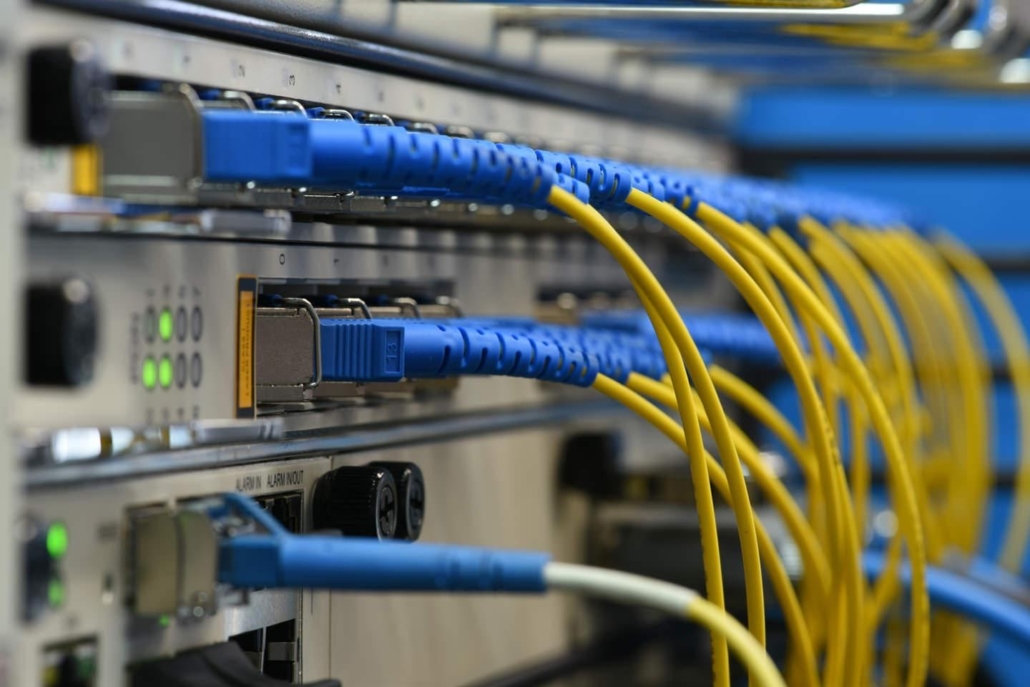DWDM/ROADM – WDM is a cost-effective, flexible, scalable technology to increase the capacity of a fiber optic network. Instead of transmitting on a fiber strand a single signal/wavelength, DWDM transmits multiple signals, each with a different wavelength on a fiber strand. Each wavelength remains a separate data signal, at any bit rate with any protocol, unaffected by other wavelength signals on the fiber strand. Reconfigurable optical add/drop multiplexers (ROADM) adds the ability to remotely switch DWDM wavelengths. ROADMs are used for networks that change frequently.
Packet Optical Transport System (POT-S) – technologies that enable the transport of IP packets on optical networks. POT-S provides a universal aggregation and transport infrastructure for Ethernet/IP services. The technology allows DWDM/ROADM, Ethernet switching and TDM to operate separately or converged within a single platform. Most major service providers today use POT-S for metro and long-haul networks.
Data Center Interconnect (DCI) – DCI technology connects two or more data centers together over short, medium or long distances using high-speed packet-optical connectivity.
Disaggregated Platforms – allows multiple network components to the assembled, using open source software and common standards, into a multi-vendor, complete solution. The goal is to drive lower cost(s) and innovation.
Carrier Ethernet – extends Ethernet from local area networks (LANS) to wide area networks (WANS). Metro Ethernet Forum (MEF) oversees and provides standards for Carrier Ethernet defined by standardized services, reliability, scalability, quality of service and service management.
Multiprotocol Label Switching (MPLS) – is a telecommunications routing technique that directs data from one node to the next based on short path labels rather than long network addresses, thus avoiding complex lookups in a routing table and speeding WAN traffic flows. MPLS is protocol-agnostic.
Network Management/SDN – hardware and or software that allows oversite of individual components of a network. Network management includes:
- Device discovery – identify devices in the network
- Device Monitoring – monitor each device to assess network health and performance
- Network Performance Analysis – track and analyze network performance indicators
- Network Alerts – communicate network alerts to staff/management
Software Defined Networks (SDN) – uses open protocols, such as OpenFlow, to apply software control at the edges of the network to access network switches and routers that typically would use closed and proprietary firmware. SDN is emerging as the key tool to drive converge multi-vendor and multi-technology networks.

